We’re utilized to thinking of wild equines types as tamed pets, meticulously tended by their owners. That’s not always the case. A surprising variety of types live effectively in the wild.
Here we take a look at 14 wild equine types from worldwide. We’ll learn what they appear like, where to locate them, and how they became roaming free.
If you’re ready, review to find out more about some genuinely interesting steeds …
1. Przewalski’s Wild equine.
We usually imply feral horses when we speak regarding wild steeds. But Przewalski’s mount is different from all the other types on this checklist. That’s because it does not just cut loose now– as far as we can inform, it’s never been tamed.
That makes it pretty unique. It’s a link to the really wild steeds of the ancient world. And one check it out as well, as you’ll see precisely how uncommon it is.
It’s brief and stocky, with a large head, deep muzzle, and wide neck. It has a dun layer with a thick dark stripe diminishing its back. And also, its short, coarse hair stands directly instead of lying flat on the neck.
However, the distinctions between Przewalski’s horse and various other types go greater than skin deep. They really have extra chromosomes than modern horses– 66 instead of 64.
If you wish to look at a Przewalski’s horse, you’ll need to travel to the Central Oriental steppes. It’s a rare pet, but you might still see it roaming wild in Mongolia’s national parks if you’re lucky.
2. Mustang.
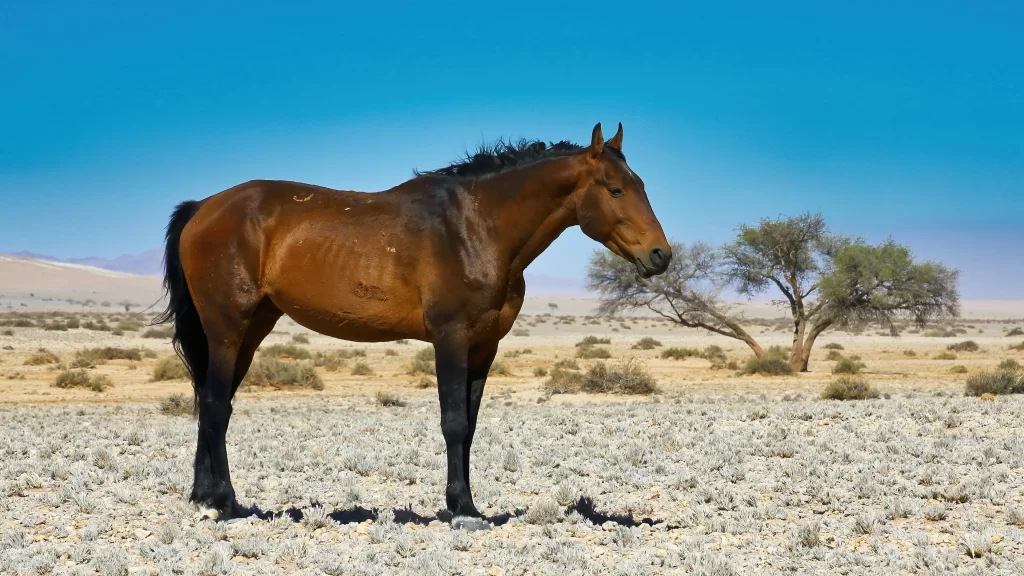
The legendary mustang can be found roaming totally free throughout the western United States. It’s come down from the domesticated equines brought to the nation by the Spanish and Portuguese.
Their earliest ancestors are Spanish Colonial Steeds. Over the centuries, the blood of various other breeds was included in the mix.
Because of this, today’s mustangs differ widely. They can have coats of any type of shade. And while some look like the very early Spanish equines Types, others have the features of Thoroughbreds or various other racehorses.
The government plans to attempt to keep mustang numbers in harmony with the environment. This is done by setting “Appropriate Monitoring Levels.” Actually, however, numbers far exceed those degrees. In 2017, the degree was evaluated on 26,000 horses, while there were more than 72,000 mustangs.
Every so often, they are rounded up and captured by government firms. You can adopt your own mustang if you meet specific standards and pay a fee.
3. Exmoor Horse.
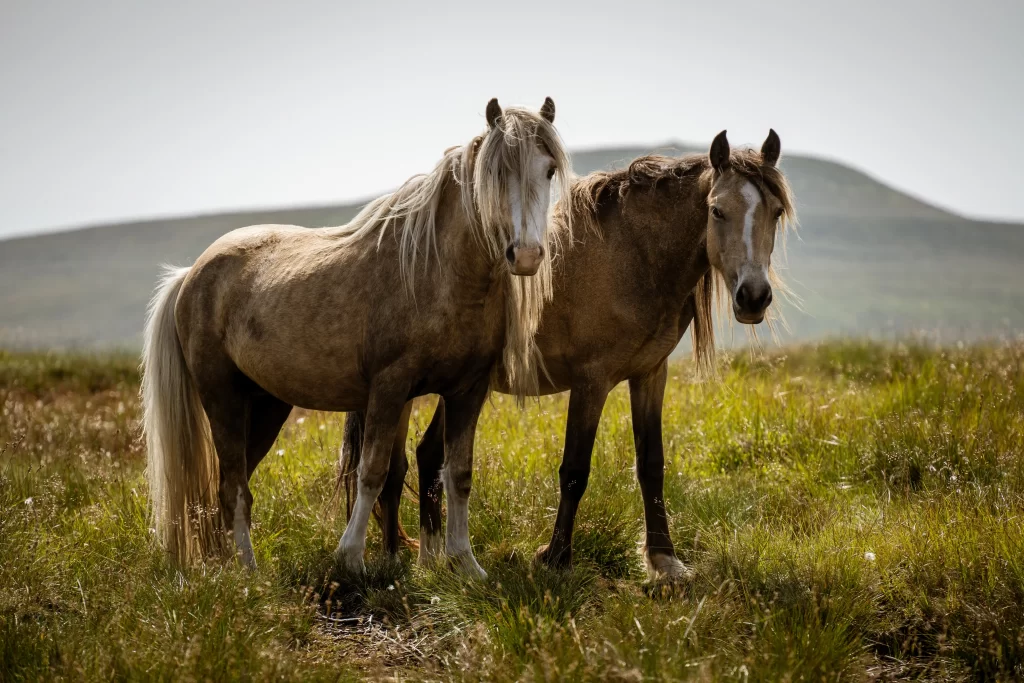
If you find yourself on Exmoor in the southern English region of Devon, chances are you’ll quickly identify a pony. The semi-feral Exmoor pony takes its name from this area, as well as around 600 of them still reside on the moor.
The initially composed record of ponies residing on Exmoor is the Domesday Publication of 1086. The breed is descended from the indigenous moorland ponies of the British Isles. They have bay coats and mealy markings called pangaré around their muzzles, eyes, and underbelly.
They’re brief and stocky, standing between 11.1 and also 12.3 hands. It aids the horses’ eyes to stay completely dry and cozy in the mild moorland climate.
4. Konik.
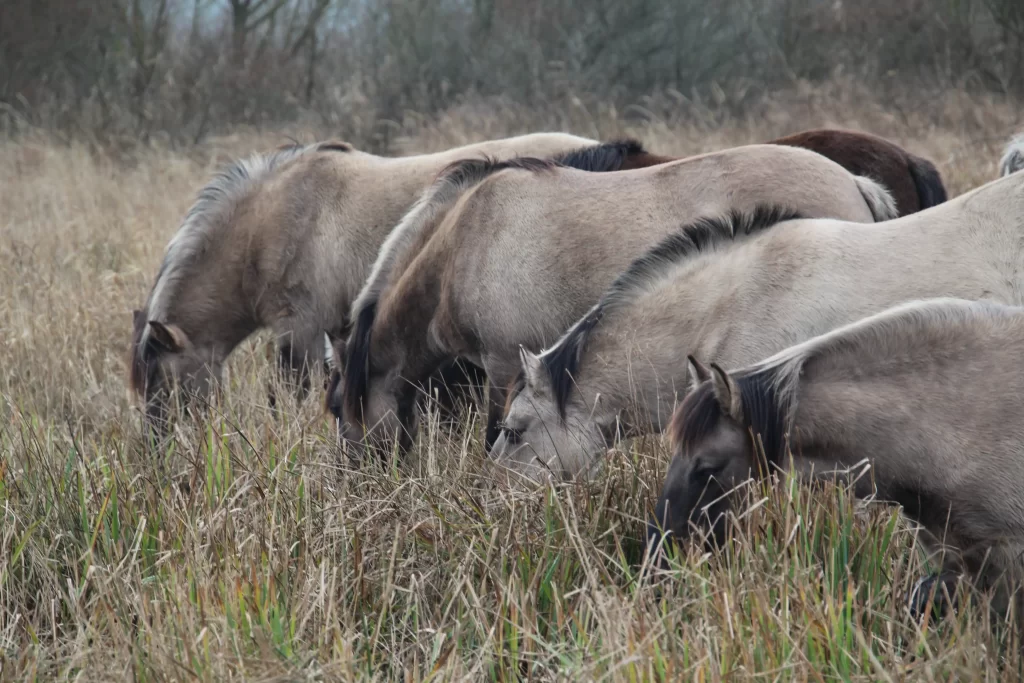
The Konik horse is native to Poland, and there are still semi-feral populaces partially in the country. The name is Polish for “small steed.”
The Konik is come down from the wild equines types from the Bilgoraj region of south-eastern Poland. It was once thought to be closely related to a vanished type of eastern European wild equine, the tarpan. DNA screening has debunked that theory, showing it’s closer to modern tamed styles.
Today it lives in various nature gets in Poland, including the Roztocze National Park. And although it’s semi-feral, breeding is thoroughly managed.
It’s a bit stocky equine, separating 12.8 and also 13.8 hands. It has a tiny head, a low-set neck, and a thick mane. Its layer is blue dun, frequently described as “mouse grey.”
5. Chincoteague Pony.
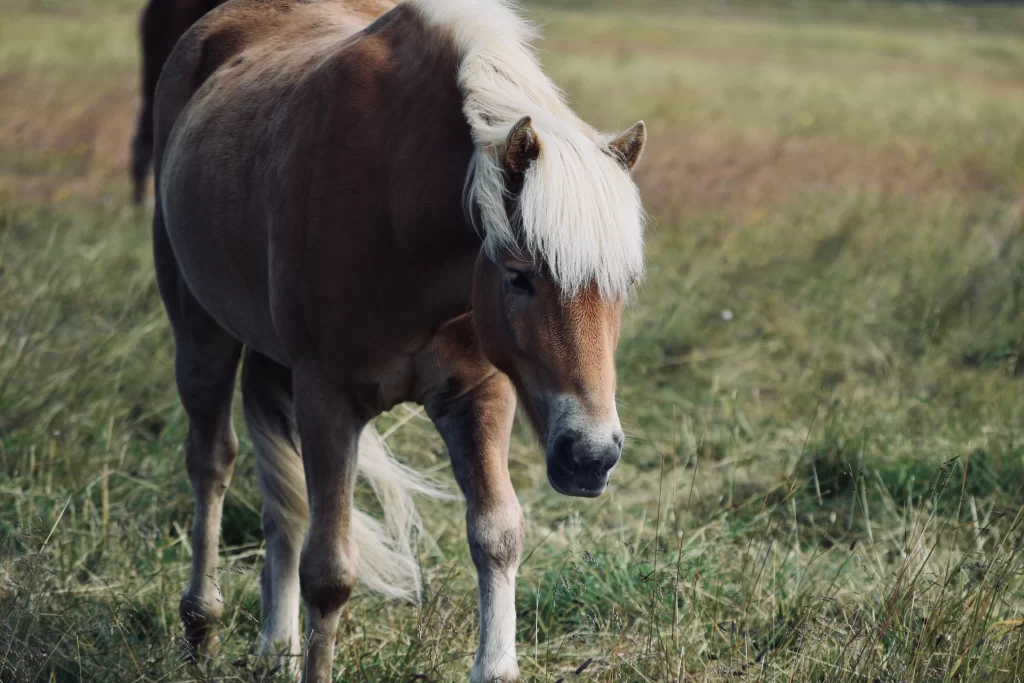
Chincoteague ponies are located on Assateague, an obstacle island that forms part of both Virginia and Maryland. The state border is marked by fencing. The horses on the Virginia side are described as Chincoteague, while those on the Maryland side are typically called Assateague horses.
The Chincoteague are horse-like in all but stature. The diet of the brush and salt marsh plants on the island does not allow them to expand very big. They commonly loaf 13.2 hands, and their coats can be any shade, including pinto patterns.
There’s a difference regarding how the horses became roving the island. Some believe they were survivors of trashed Spanish galleons. A much less charming explanation is probably much more likely.
In the 17th century, new livestock taxes were presented. It’s possible that the homesteaders of the moment launched their horses on the island to run away from the tax collection agencies.
Today, some ponies have rounded up annually and marketed to contribute to the costs of the Chincoteague Volunteer Fire Company. Consequently, while there are only around 300 ponies on Assateague, about a thousand live in other places.
6. Namib Desert Horse.
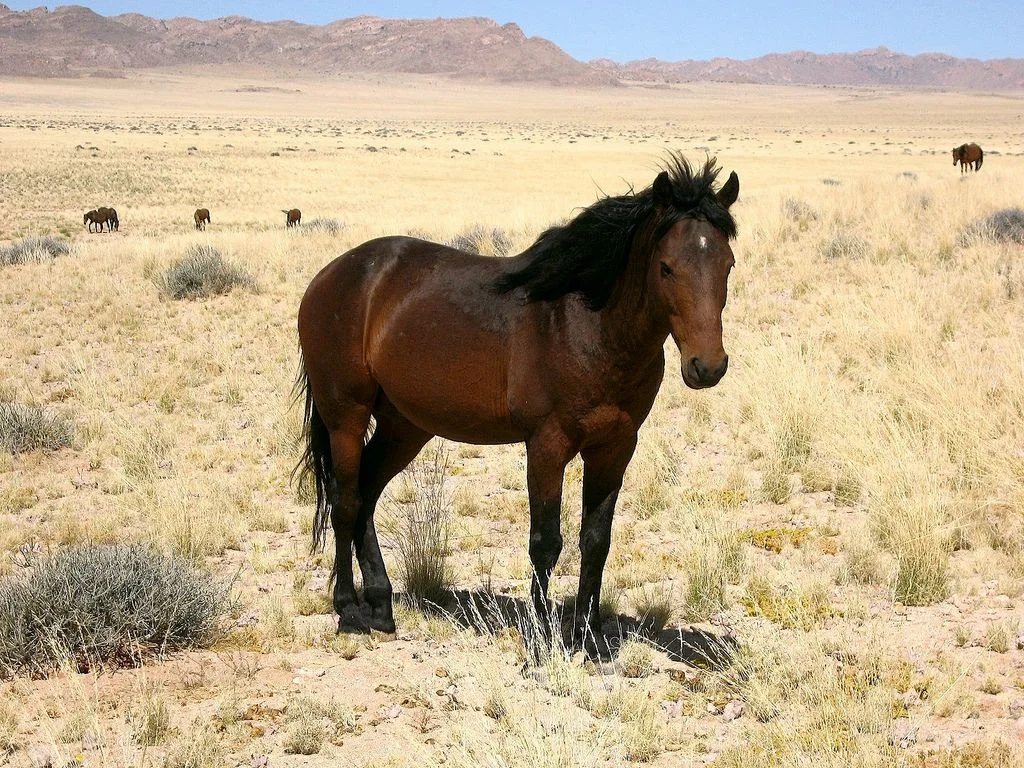
The Namib Desert Equine is the only breed of feral horse in the entire of Africa. They reside in the Garub Plains of Namibia, where a man-made water resource enables them to endure.
Their origins are unclear, but the most effective guess is that they are descended from German mounties and riding horses. These are believed to have actually been launched from camps and farms around the moment of the First World War.
Today, their grazing grounds are protected as part of Namibia’s Namib-Naukluft Park. As well as, despite the extreme conditions of the desert, they are primarily in good condition. Their numbers range around 90 and 150 animals, and they’re an actual draw for vacationers to the country.
7. Cumberland Island Equines.
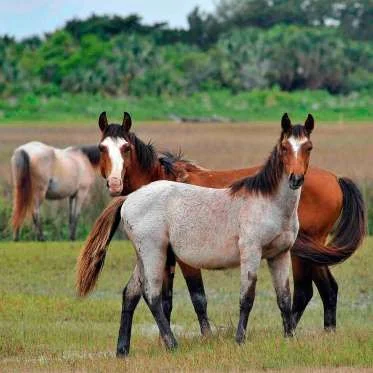
Georgia’s Cumberland Island horses are similar in look to those of Chincoteague and Assateague. Tale has it that they are offspring of equines given the location by Spanish vanquishers.
It’s more probable, nevertheless, that their origins are more current. Various other steeds were brought to the area by the English in the 1800s. These could well be the forefathers of the contemporary Cumberland Island horses.
They are classy pets, but they’re additionally problematic. There are around 150 to 200 horses in the herd, and various studies have actually concluded that they are their habitat. One attempt to enforce an administration plan to lower numbers was blocked in your house of Representatives.
For now, at the very least, the horses continue to roam complimentarily.
8. Welsh Hill Horse.

The Welsh Hill Horse evolved from equines that roamed the land that is now Wales from at least 1600 BC. They are durable animals, well adapted for survival on rugged terrain with sparse plants. They stand no higher than 12.2 hands and have little heads with huge eyes.
In the past, they were used for everything from farming, to riding, to pulling cannons onto the battlefield. Their flexibility remains to this day, with Welsh Hill Ponies competing in dressage, hunting, leaping, and endurance riding.
The breed is well known and also well loved. In 2008, when ceramic manufacturer Breyer produced its first Huge Pony Seeker, they selected a grey Welsh Horse as their design.
9. Nokota.
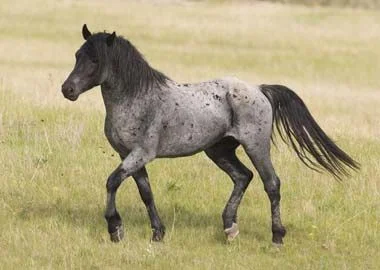
The sturdy surface of North Dakota is house to the Nokota, herds of semi-feral and feral steeds. They come down from the horses of Native Americans and various other types.
Their layers are most normally blue roan and have a gait referred to as the “Indian shuffle.” This is a different side than up-and-down, making them comfortable to ride.
The type was virtually erased early in the twentieth century. This resulted from ranchers trying to minimize competition for the grazing land made use of by their animals. Yet the good news is, some horses were in the area that, in 1943, ended up being the Theodore Roosevelt National Forest, providing the defense.
They continue today, with the herd taken care of so that numbers stay around 100. If numbers are too big, the steeds are marketed to be used in endurance, Western and English riding.
10. Sorraia.
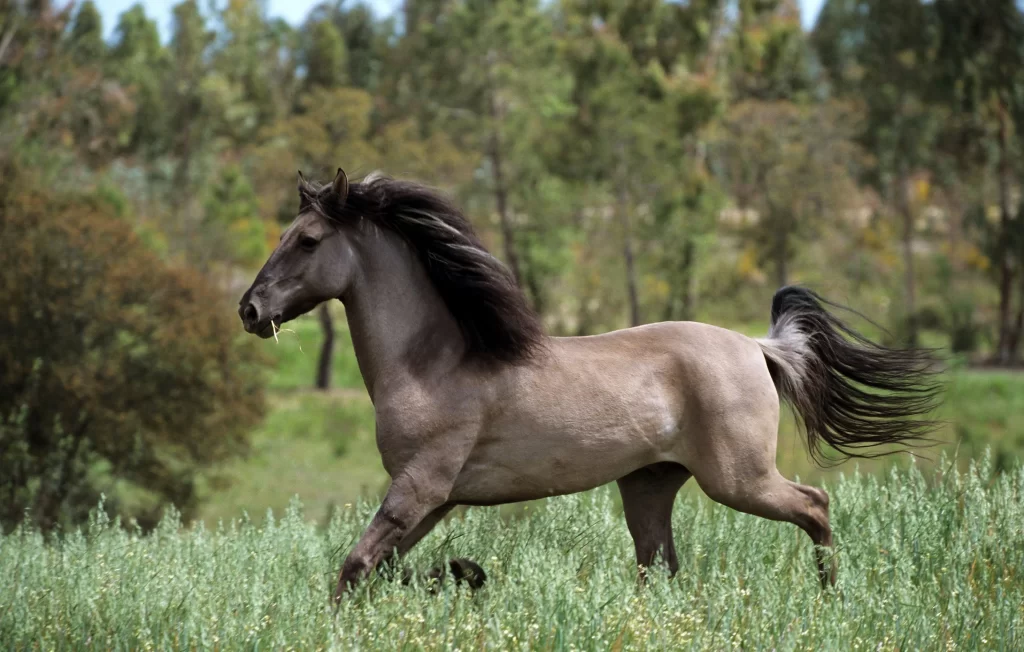
The Sorraia can be discovered in the Sorraia container in Portugal. They are native to the location, and some believe they are the offspring of primitive horses. They have primitive features, including dun coats, convex accounts, and sometimes a dorsal stripe.
They’re durable, however, little animals and can stand anything from 12.3 to 14.3 hands. In some adults, the way their hair rests on their necks, as well as chests, can develop a pattern of flags as well as stars.
Today, numbers have actually decreased to the reduced hundreds. However, efforts are underway to preserve the type, establishing a Sorraia Mustang book in Ontario, Canada.
11. Dülmener.
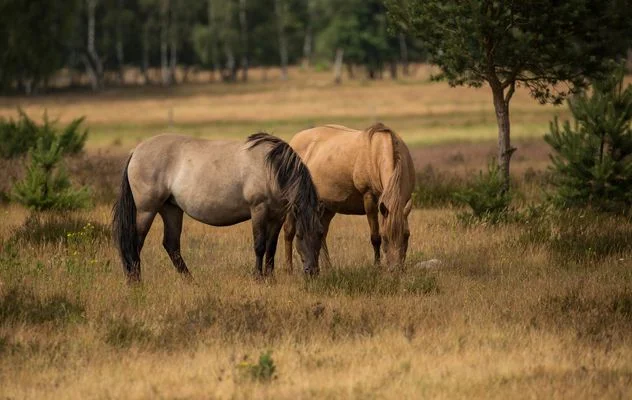
The Dülmener equines take their name from the town of Dülmen in north-western Germany, near which they live. The herd contains around 300 pets staying in a location of 350 hectares.
They originally had dark chestnut layers, yet it was once thought that this resulted from cross-breeding. Consequently, a program made them appear much more “genuine.” From 1957, the grey-coated Polish Koniks were permitted to breed with Dülmeners.
The Dülmener, it showed up, had been initially chestnut. Today’s horses look virtually the very same as the Konik.
12. Giara.

The Giara steed hails the Mediterranean island of Sardinia. The reasonably poor greenery keeps it to a pony-like dimension between 11.1 and 13.1 hands. But it is, however, an actual horse, with a coat that’s usually bay, black, or chestnut, as well as a full mane and forelock.
Its origins are lost in the hazes of time. It’s believed that the equines initially concerned the islands on the boats of Phoenician or Greek traders as early as the fourth or fifth century BC.
Today, around 700 steeds live on a plateau south of the island. The high cliffs that border it usually maintain them risk-free from human communication.
13. Retuerta.
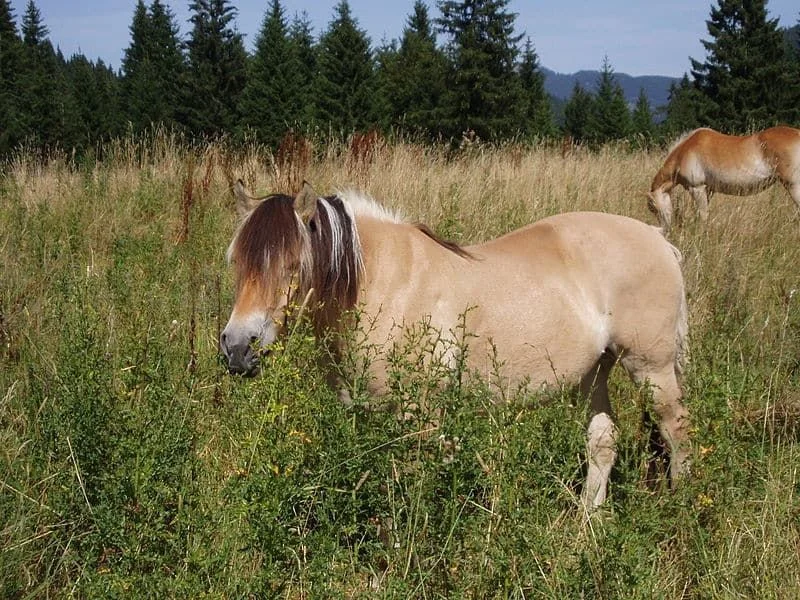
The Retuerta can be found in a handful of parks and nature gets in the Spanish region of Andalusia. It is considered among Europe’s earliest types of equines, dating back around 3,000 years. And also, it is the just one not to have actually entered contact with various other types of horses.
Unlike many other feral breeds, the Retuerta is aboriginal to the area it’s presently found in. It’s believed to look similar to the ancient horses of the Iberian Peninsula. It loafs 16 hands with a dark or grey bay coat.
Although they’re occasionally utilized for riding, they’re not precisely easy to train. At one factor, only about 75 horses were continuing to be. Today, conservation initiatives have actually seen the numbers grow to about 200.
14. Kaimanawa.

Kaimanawa steeds are discovered on the mountain range of the very same name in New Zealand’s North Island. There’s additionally a smaller populace, even more north, in the Aupouri Peninsula.
They are the descendants of horses that ran away from cavalry bases or lamb terminals. And also, while there are many selections in their heights, coats, and body patterns, they’re all sure-footed, resistant, and well-muscled animals.
The herd in the Kaimanawa range is carefully handled to maintain the area’s one-of-a-kind plants. Periodically, excess pets are rounded up as well as rehoming. They are famous for riding, supplying steeds, and show leaping.
Wild As Well As Free.
That brings us throughout our check out 14 wild steed types! From Mediterranean islands to African deserts, equines show remarkable capabilities to survive in all problems. We hope you’ve appreciated finding out more regarding the background and also attributes of these impressive animals.
In many cases, sadly, their numbers are decreasing. But active preservation might assist in securing them for generations ahead. Have a look at type associations and wildlife teams if you want to find out even more– and possibly obtain involvement yourself.
When we speak concerning wild equines, we generally indicate feral horses. It was once believed to be closely relevant to a vanished type of eastern European wild steed, the tarpan. It is considered one of Europe’s oldest breeds of horses, dating back around 3,000 years. And it is the only one not to have come into contact with various other types of horses. That brings us to the end of our appearance at 14 wild horse breeds.
